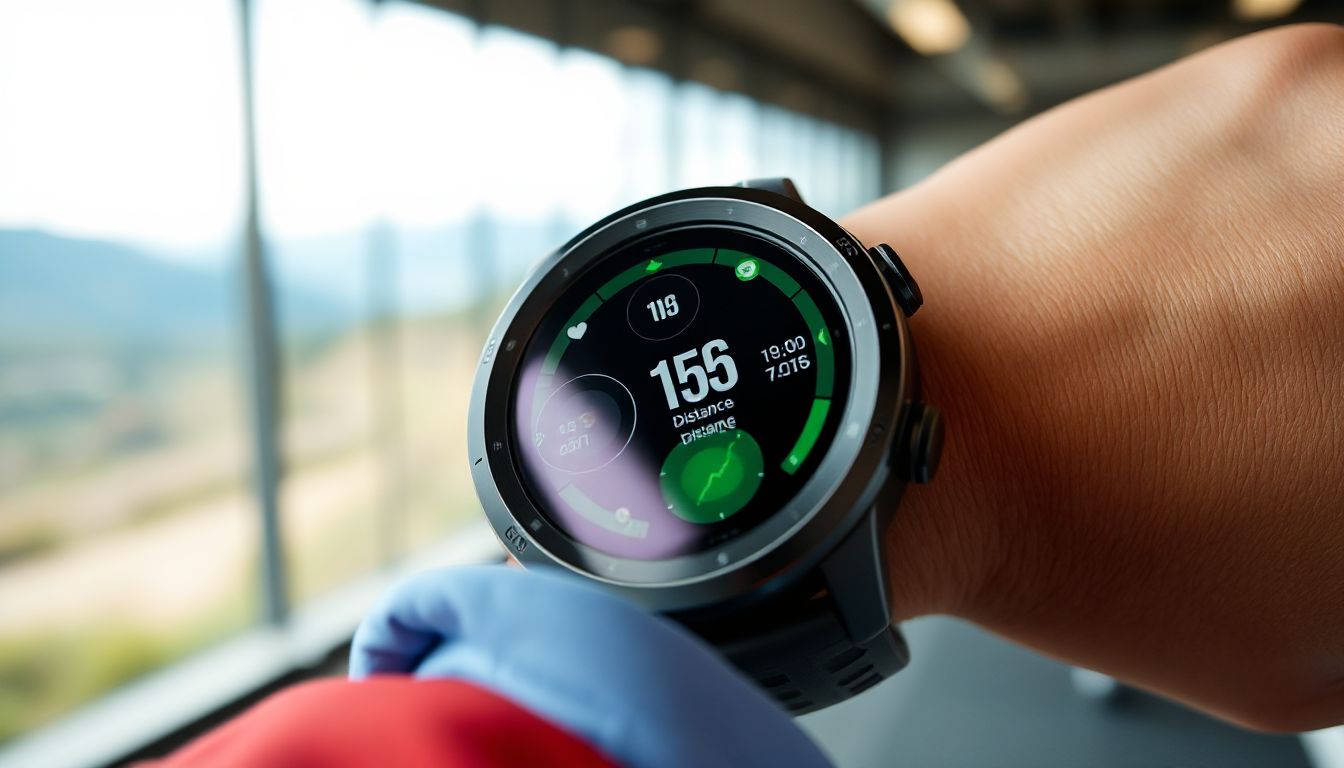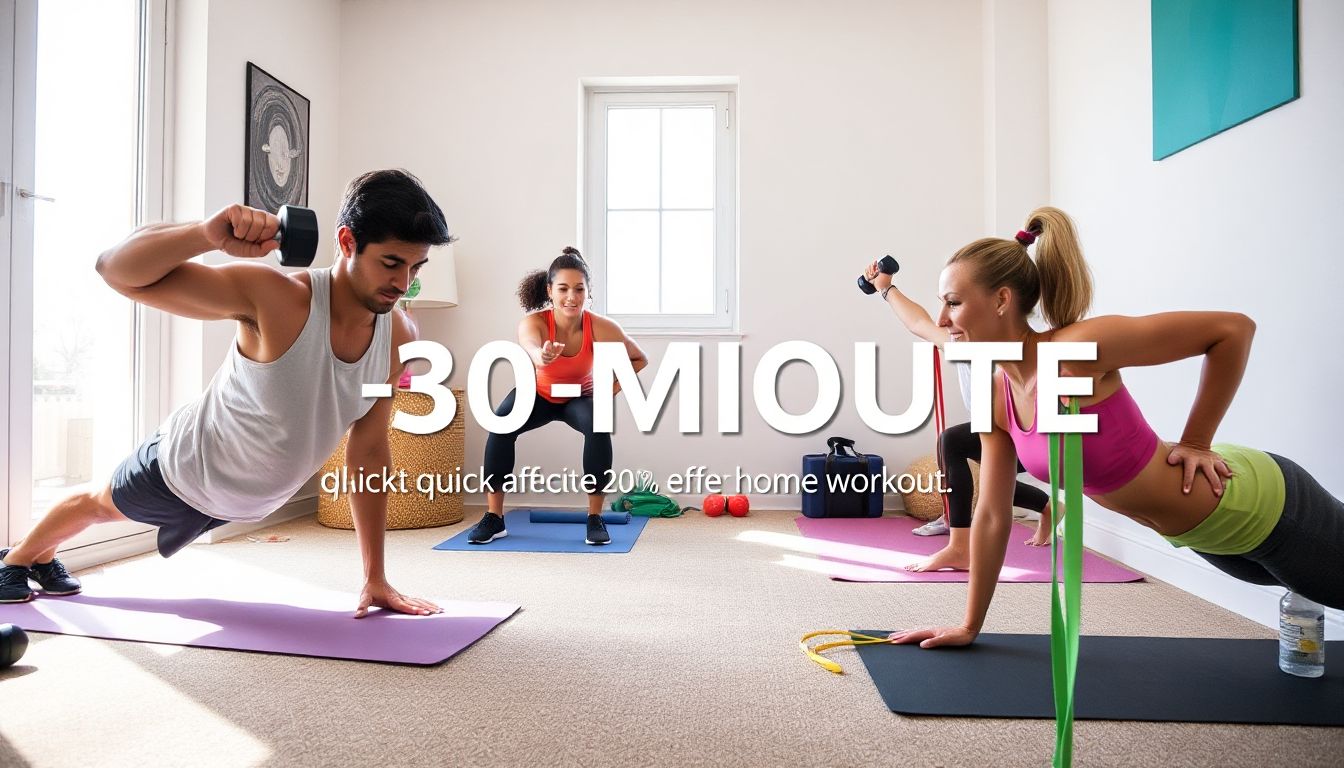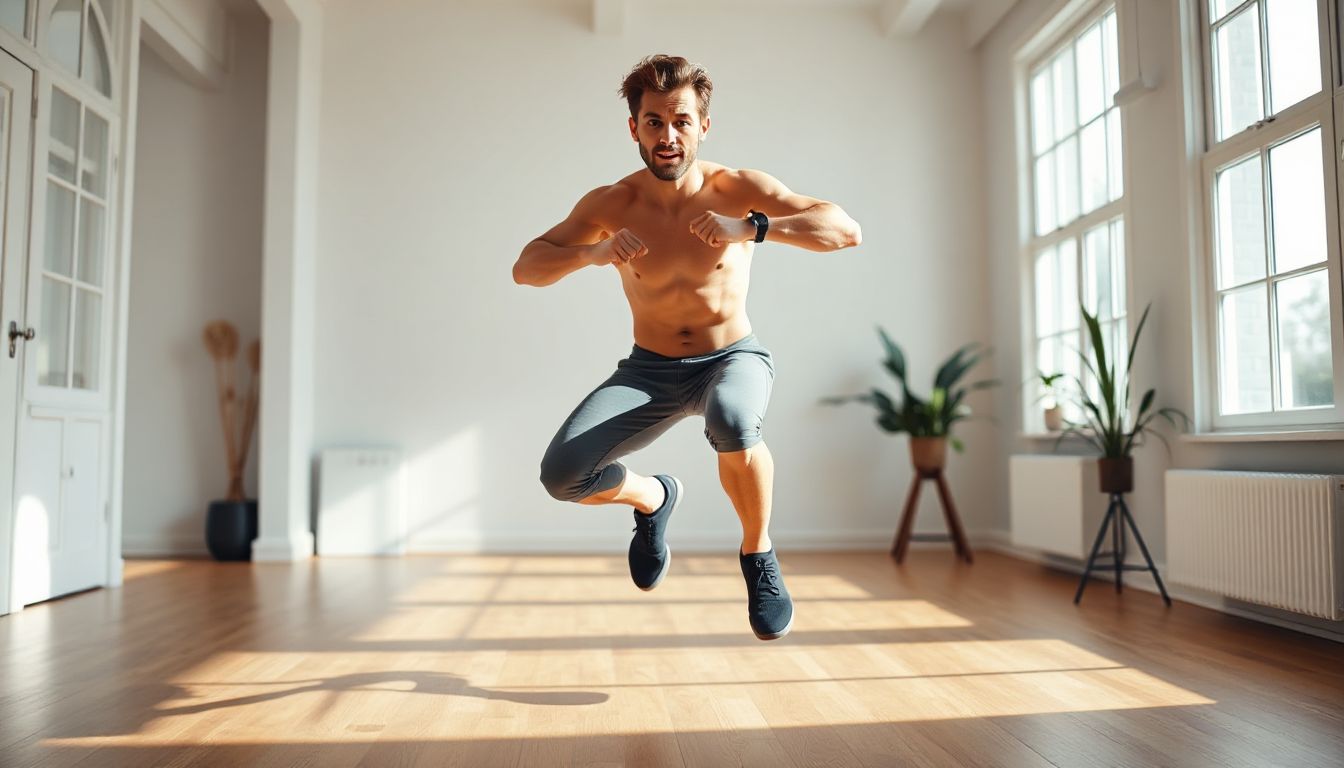
How to Track Workouts on Your Garmin Watch: Measure Your Health and Fitness from Your Wrist
Smartwatches are everywhere today, helping folks stay active. Garmin devices stand out, offering deep insights into your physical well-being. Learning how to truly use your Garmin watch for tracking workouts can unlock a better grasp of your fitness journey.
Your Garmin watch is a powerful tool. It monitors many physical activities with ease. You get a wealth of data right from your wrist.
This article shows you how to use your Garmin watch. We'll cover the basic steps and different workout types. You'll learn how to understand the data and get the most from your device.
Understanding Your Garmin Watch's Tracking Capabilities
Garmin watches track daily actions without special effort. This includes steps taken, floors climbed, and active minutes. This happens automatically, even when you aren't in a workout mode.
Setting Up Your Personal Profile
Accurate user details are very important. Enter your age, weight, height, and gender correctly. This helps your watch figure out calorie burn and VO2 Max precisely.
Navigating the Watch Interface for Activities
Finding the "Start Activity" menu is simple. Most Garmin watches use buttons on the side. A quick press often takes you to your sport options.
Key Metrics Your Garmin Tracks
Your Garmin gathers core data points during any activity. This information helps you see your effort. It paints a clear picture of your workout.
Heart Rate Monitoring
The optical heart rate sensor on your watch works by sensing blood flow changes. Your resting heart rate shows overall fitness. Heart rate zones guide your training intensity effectively.
GPS Tracking and Distance
GPS is crucial for outdoor activities. It records your route, distance, pace, and elevation changes. This data helps you see where you went and how far.
Pace and Speed
Your watch calculates pace and speed based on your movement. These metrics are vital for runners and cyclists. They help you stay on target for your goals.
How to Start and Track Specific Workouts
Outdoor Running and Cycling
Starting an outdoor run or bike ride is straightforward. Your Garmin watch makes this simple. It guides you through the process step by step.
Selecting the Right Activity Profile
Choose "Run," "Outdoor Bike," or other relevant profiles from your watch menu. You can often customize these profiles. This lets you see the data you care about most.
Utilizing GPS for Accuracy
Always wait for a strong GPS signal before you start your workout. This ensures your distance and route are accurate. A good signal means better data.
Understanding Real-time Data Screens
Display key metrics like pace, heart rate, distance, and time. Set these up based on your workout goals. This helps you track progress as you go.
Indoor Workouts and Strength Training
Tracking workouts indoors is just as easy, even without GPS. Your Garmin can handle it. It uses smart technology for accuracy.
Tracking Treadmill Runs and Indoor Cycles
Your watch uses accelerometer data for indoor accuracy. You can also add foot pods or speed sensors for more precise readings. These tools help track your indoor miles.
Using the "Strength Training" Activity
The "Strength Training" activity helps you log sets, reps, and rest times. Some models even count reps for you automatically. This keeps your strength workouts organized.
Exploring Other Activity Profiles (e.g., Swimming, Yoga)
Garmin watches offer many activity profiles. For swimming, they can detect your strokes. Yoga modes help track your movement and heart rate.
Leveraging Garmin Connect for Deeper Insights
Syncing Your Data
Your workout data syncs easily to Garmin Connect. This can happen automatically or with a quick manual sync. Your fitness information goes straight to the app.
Connecting Your Watch to the App
Pairing your Garmin watch to the Garmin Connect mobile app is the first step. The app guides you through this simple process. Once connected, your data starts flowing.
Understanding the Sync Process
Your watch sends data wirelessly to the Garmin Connect app. This happens through Bluetooth or Wi-Fi. It makes sure your workout history is always up to date.
Analyzing Your Workout Data
The Garmin Connect app and website offer tons of information. You can dig deep into your workouts. This helps you learn more about your efforts.
Reviewing Workout Summaries
Look at completed activities like maps, split times, and heart rate graphs. You can also check elevation profiles. This gives you a full view of each session.
Understanding Advanced Metrics
Explore concepts like VO2 Max, Training Status, and Recovery Time Advisor. VO2 Max is a top sign of your aerobic fitness. These metrics help you train smarter.
Creating and Following Custom Workouts
Build your own training plans right in Garmin Connect. Then, send them to your watch. Your watch will guide you through each step of your personalized workout.
Maximizing Your Workout Tracking with Garmin
Customizing Data Screens
Personalize what information you see during an activity. This helps you focus on what matters. You control your view.
Selecting Your Most Important Metrics
Choose metrics based on your sport. Runners might want pace. Cyclists often prefer power. Display what helps you most.
Setting Up Alerts and Lap Notifications
Set alerts for heart rate zones, pace, or distance. These help you stay on track. Your watch can tell you if you're going too fast or slow.
Setting and Achieving Goals
The data from your tracking can help you set better goals. You see what you've done. This helps you plan for what's next.
Using Garmin Connect Challenges and Goals
Garmin Connect has challenges and goal-setting features. These can motivate you. They also help track your progress over time.
Interpreting Performance Trends Over Time
Look at your historical data to see improvements or plateaus. Review weekly or monthly summaries. This helps you adjust your training as needed.
Integrating with Other Apps and Devices
Your Garmin can work with other fitness platforms. It expands your tracking possibilities. Data flows to where you need it.
Connecting to Third-Party Apps
Link your Garmin Connect account to apps like Strava or MyFitnessPal. Share your activities easily. This keeps all your fitness data in one place.
Using Accessories for Enhanced Tracking
Add a chest strap heart rate monitor for more accurate readings. Foot pods can boost indoor run accuracy. These accessories make your data even better.
Conclusion
Your Garmin watch is a powerful tool for monitoring your health and fitness. It brings comprehensive tracking right to your wrist. Knowing how to use it fully makes a big difference.
Understanding the various activity tracking modes and the data they give you is key. This information empowers your fitness journey. Use these insights to your advantage.
Explore your Garmin Connect data. It offers deeper insights into your progress. This will help you set smarter goals and boost your fitness journey. Try out different activity profiles and data screens to find what works best for you.







.webp)

.webp)
.webp)

.webp)
.webp)

.webp)
.webp)
.webp)
.webp)
.webp)
.webp)
.webp)
.webp)
.webp)
.webp)

.jpeg)
.jpeg)
.jpeg)